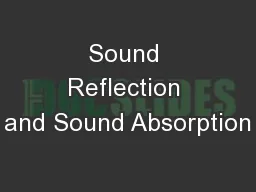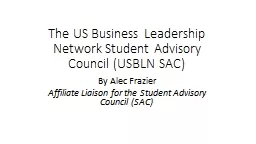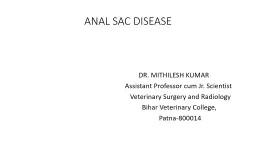PPT-Reflection upon SAC
Author : olivia-moreira | Published Date : 2017-12-18
1 Did you receive a result higher lower or the same as your prediction 2 what are two reasons for this Eg Did you complete practice sac Did you ask Ms Hawkins
Presentation Embed Code
Download Presentation
Download Presentation The PPT/PDF document "Reflection upon SAC" is the property of its rightful owner. Permission is granted to download and print the materials on this website for personal, non-commercial use only, and to display it on your personal computer provided you do not modify the materials and that you retain all copyright notices contained in the materials. By downloading content from our website, you accept the terms of this agreement.
Reflection upon SAC: Transcript
Download Rules Of Document
"Reflection upon SAC"The content belongs to its owner. You may download and print it for personal use, without modification, and keep all copyright notices. By downloading, you agree to these terms.
Related Documents














